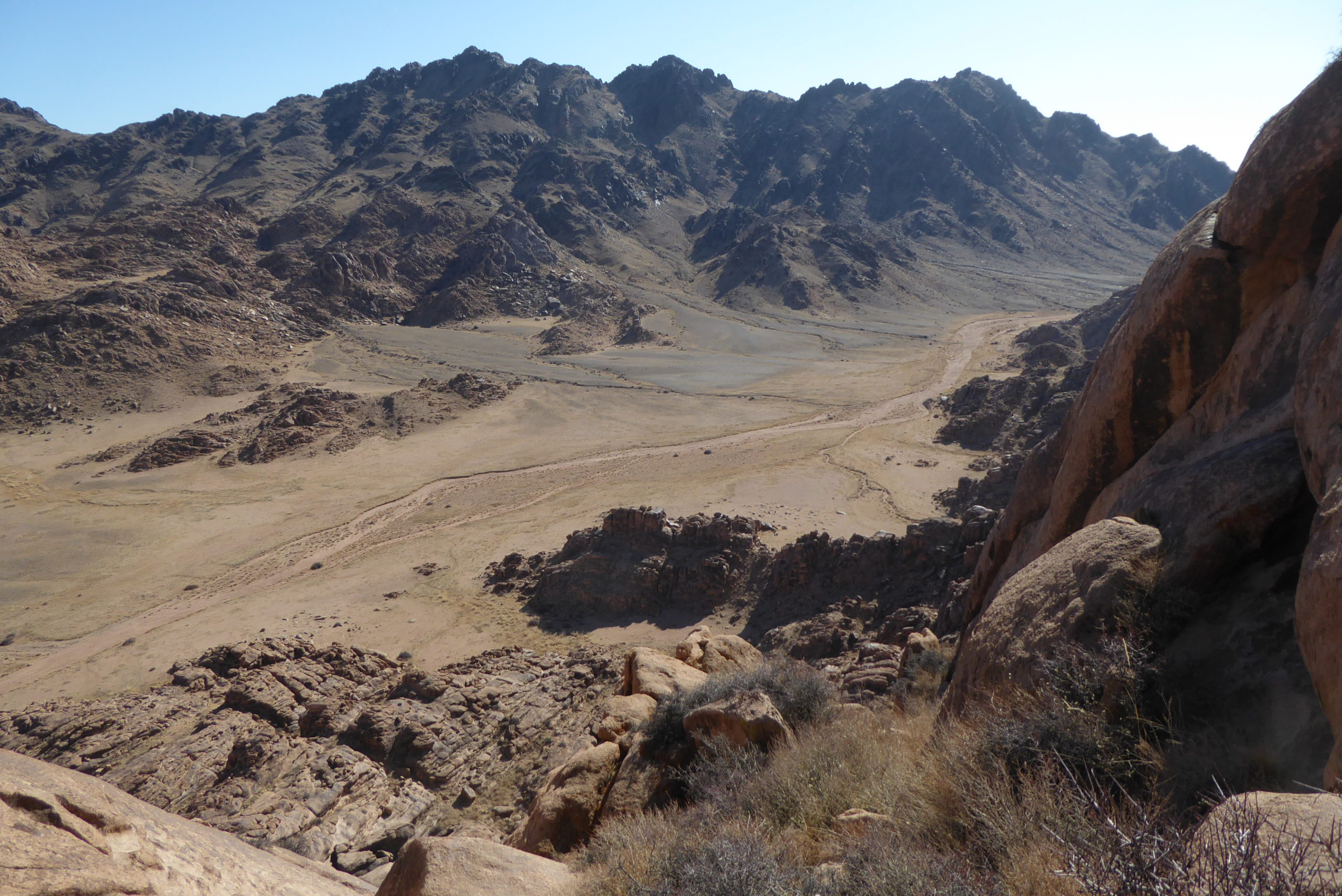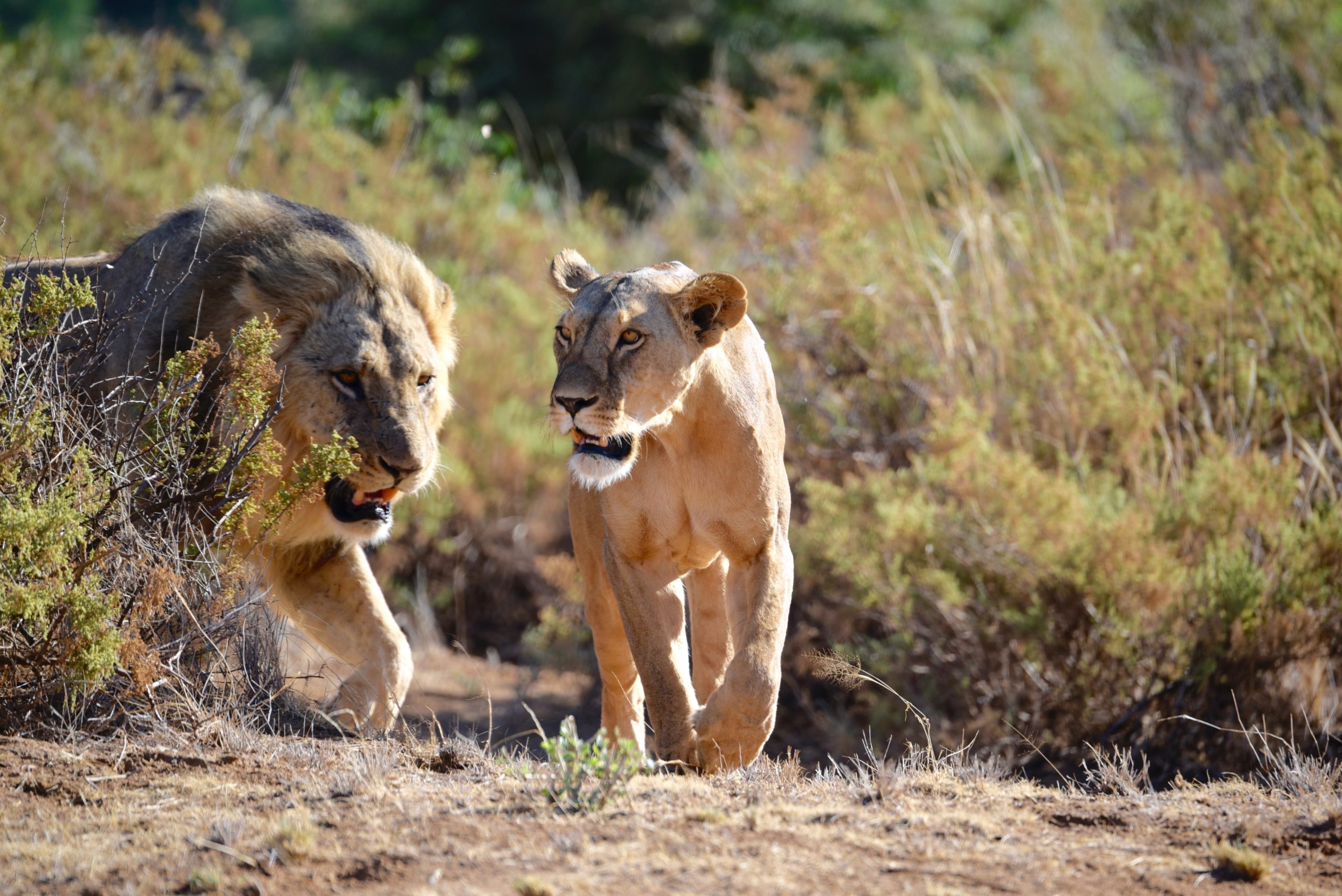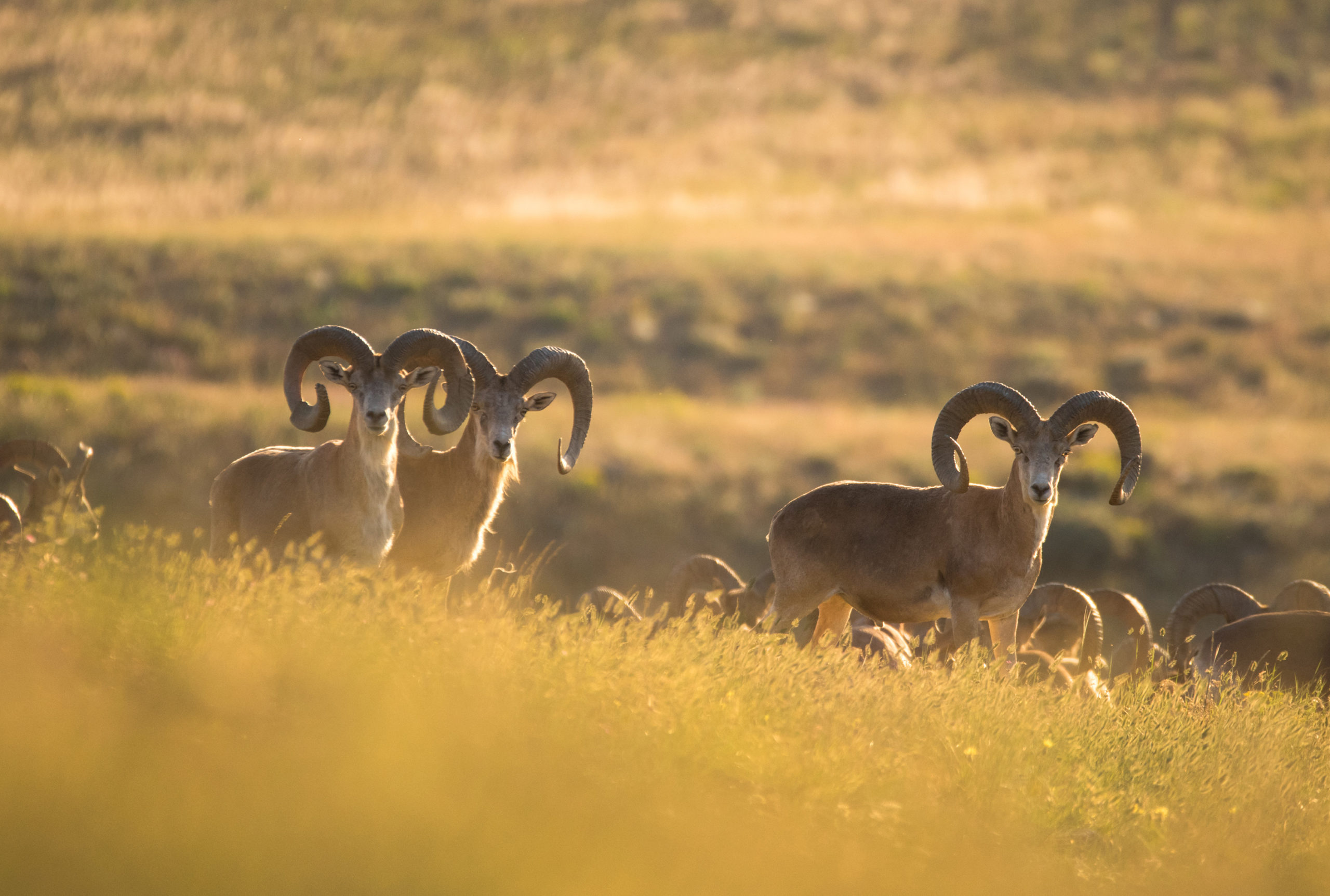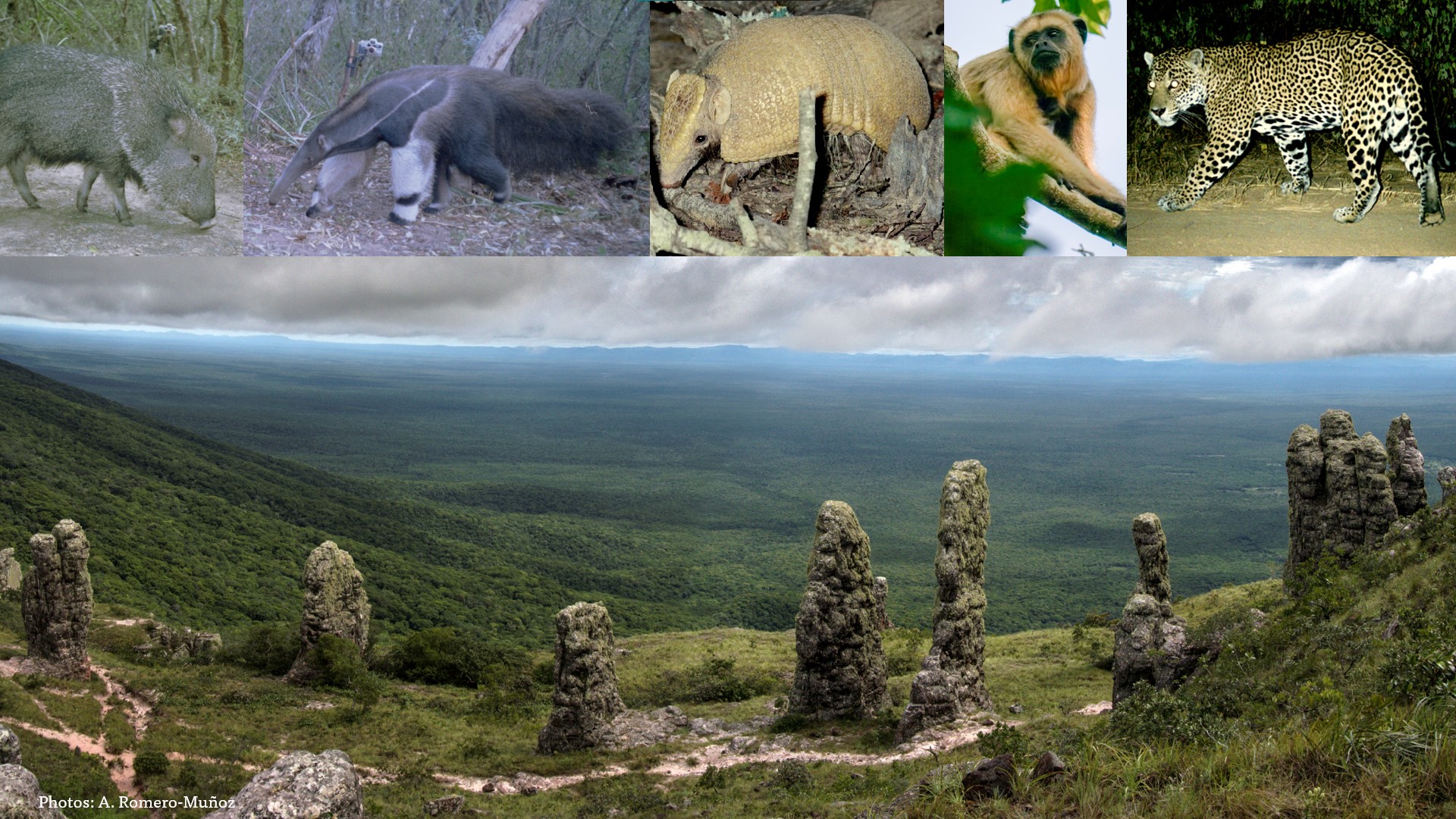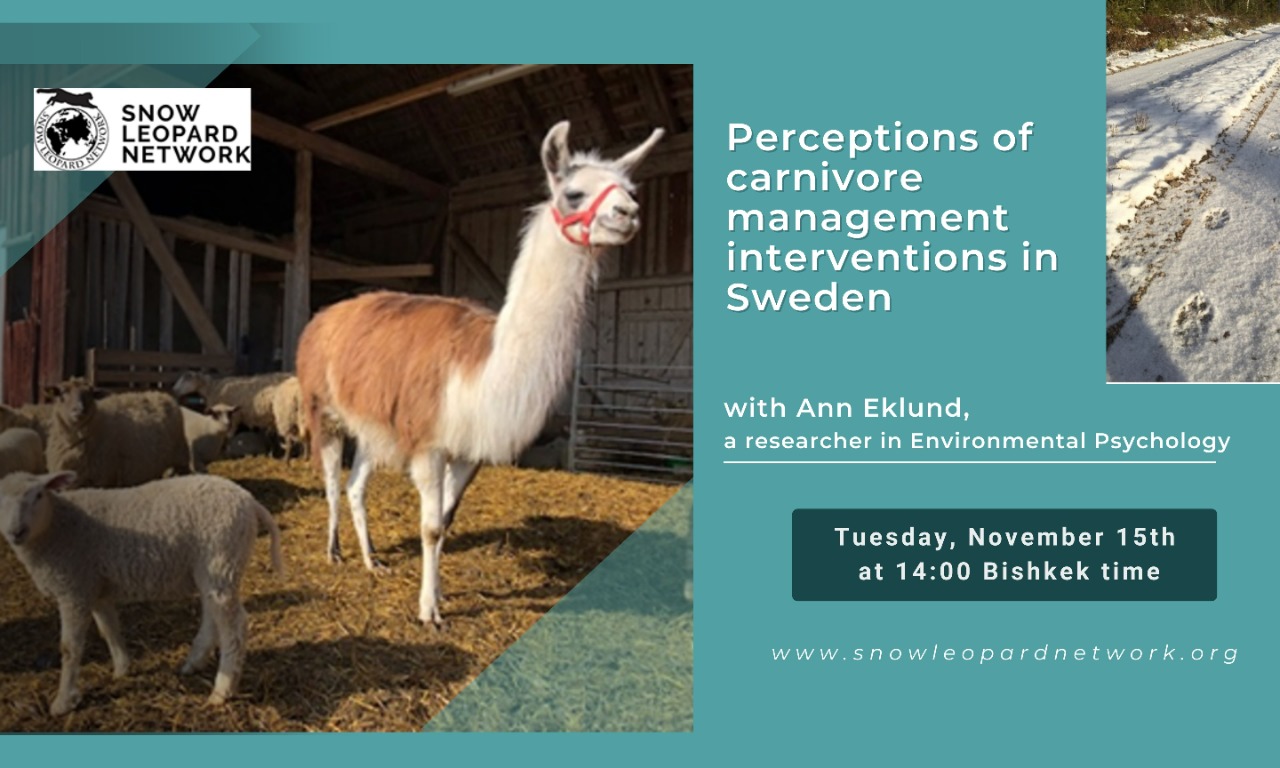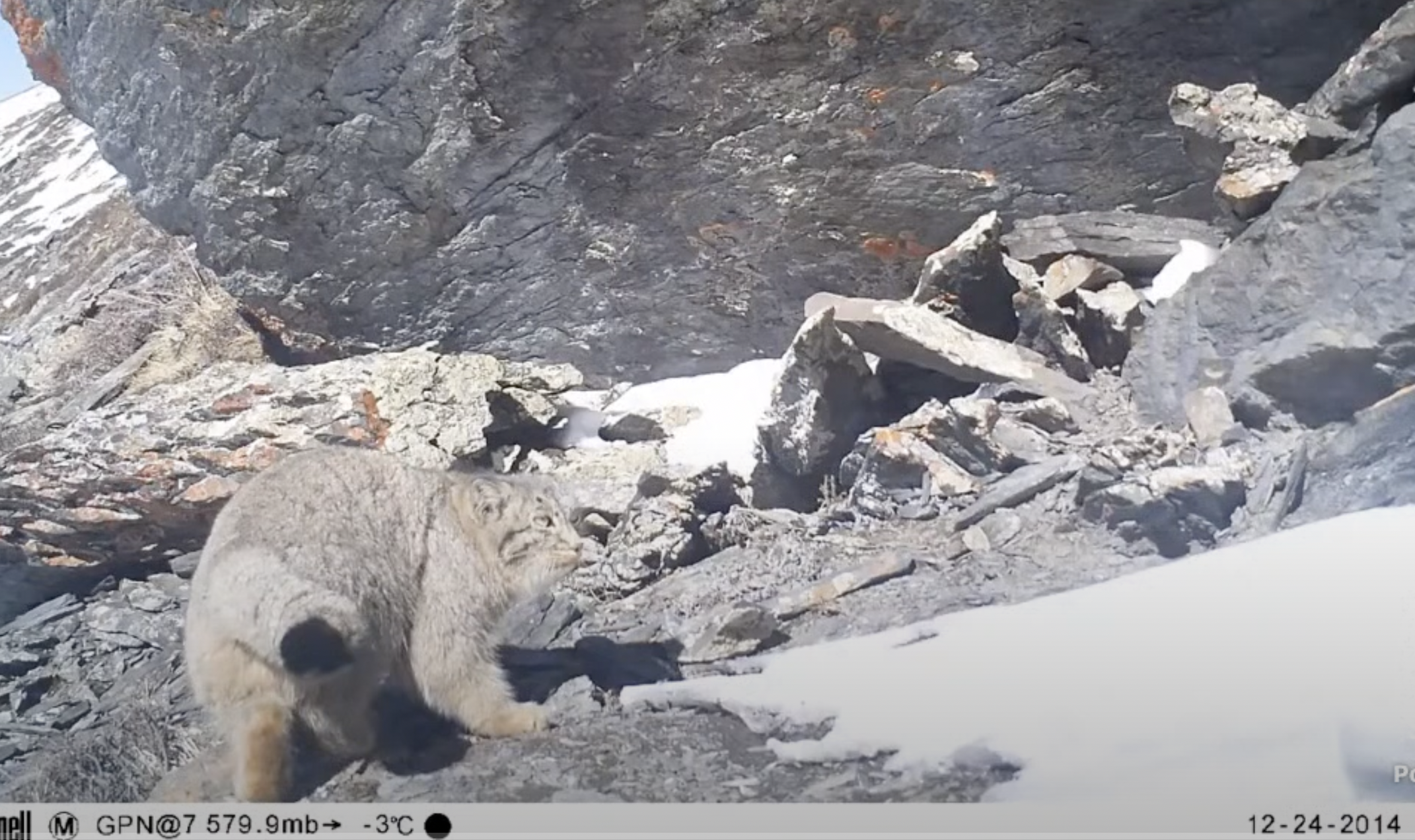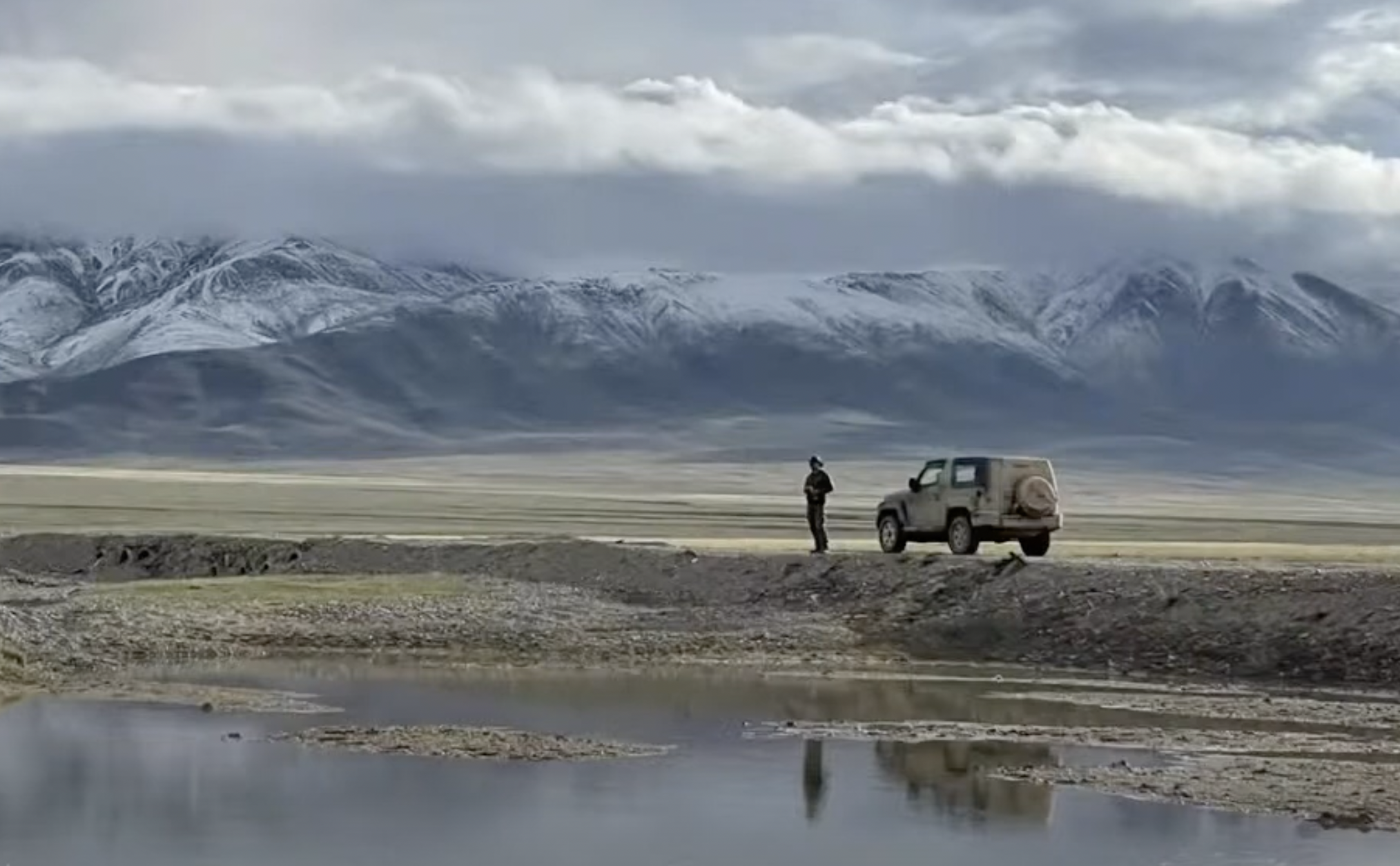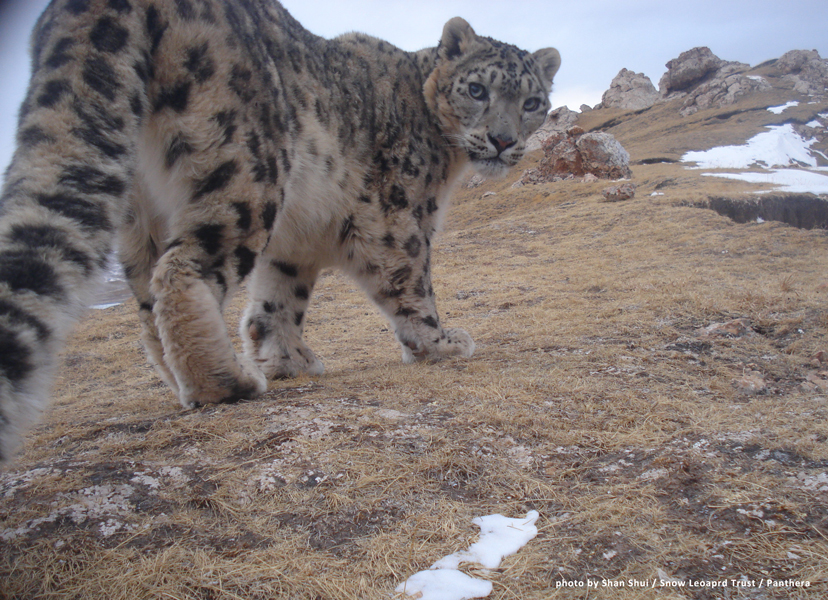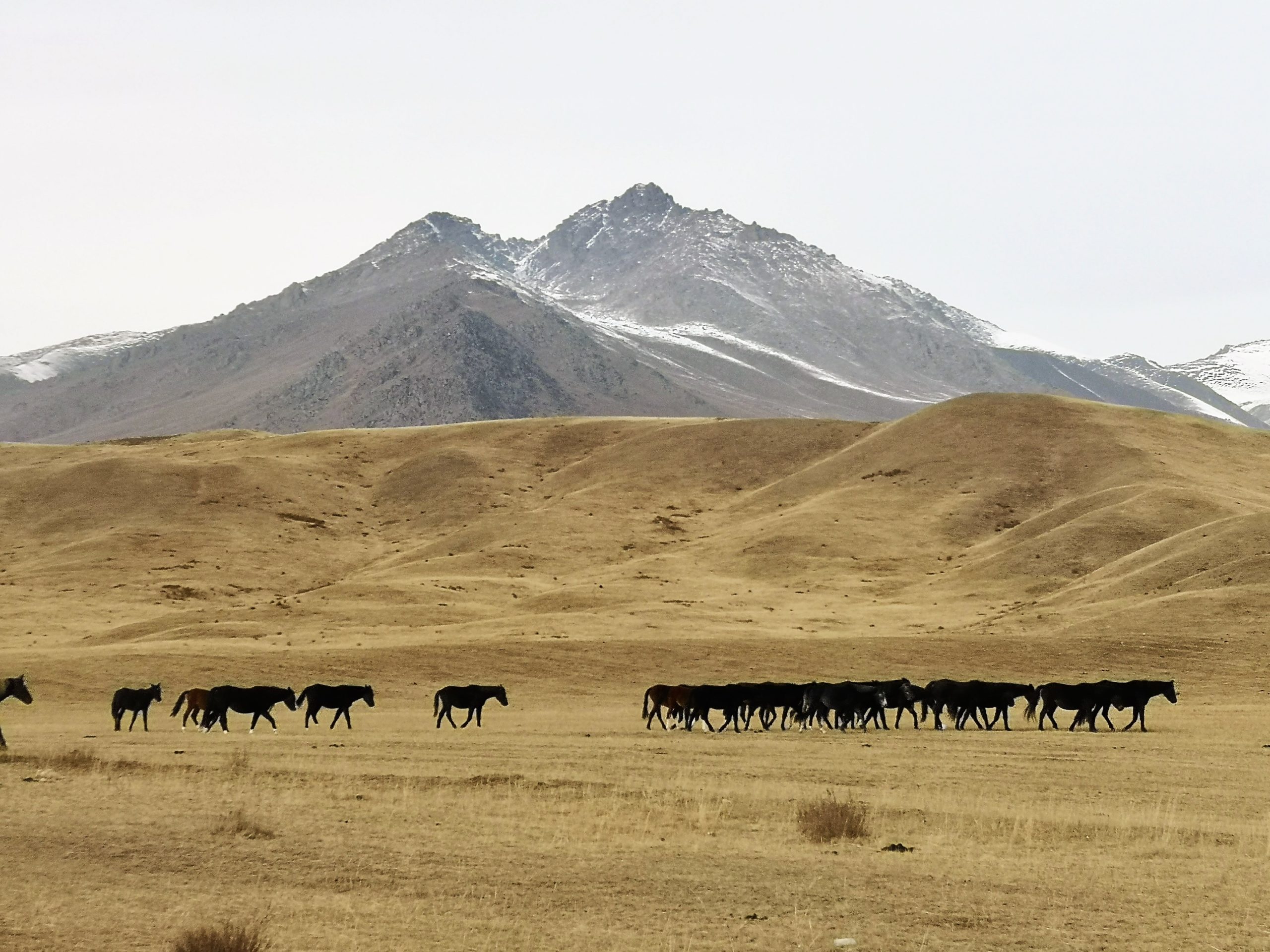Join us for a webinar that delves into the fascinating world of cluster studies in snow leopard research. We will explore the realm of spatial ecology and its broader implications for understanding the species. Our guest, Gustaf Samelius, Assistant Director of Science for the Snow Leopard Trust, will join us to share a recent update on the collation of detailed cluster studies of snow leopards in the South Gobi, Mongolia. These studies, conducted in collaboration with the Snow Leopard Conservation Foundation, are part of the Long-Term Ecological Study, which has been active for over 13 years. Gustaf will discuss how his time in the Gobi during spring 2023 has provided a more detailed understanding of the species.
GPS-collars are a common way to study spatial ecology but GPS-collars can also teach us about other aspects of ecology such as foraging patterns and reproductive biology. During this seminar, Gustaf will show us how they use what is called cluster studies (which is visiting of the places where collared animals stop for extended periods) to study predation patterns of collared snow leopards in southern Mongolia. Gustaf will also show us how they are also starting to use cluster studies to learn more about where the collared cats are resting and how this will help us understand how the cats are using the mountains and why they are limited to mountains.

